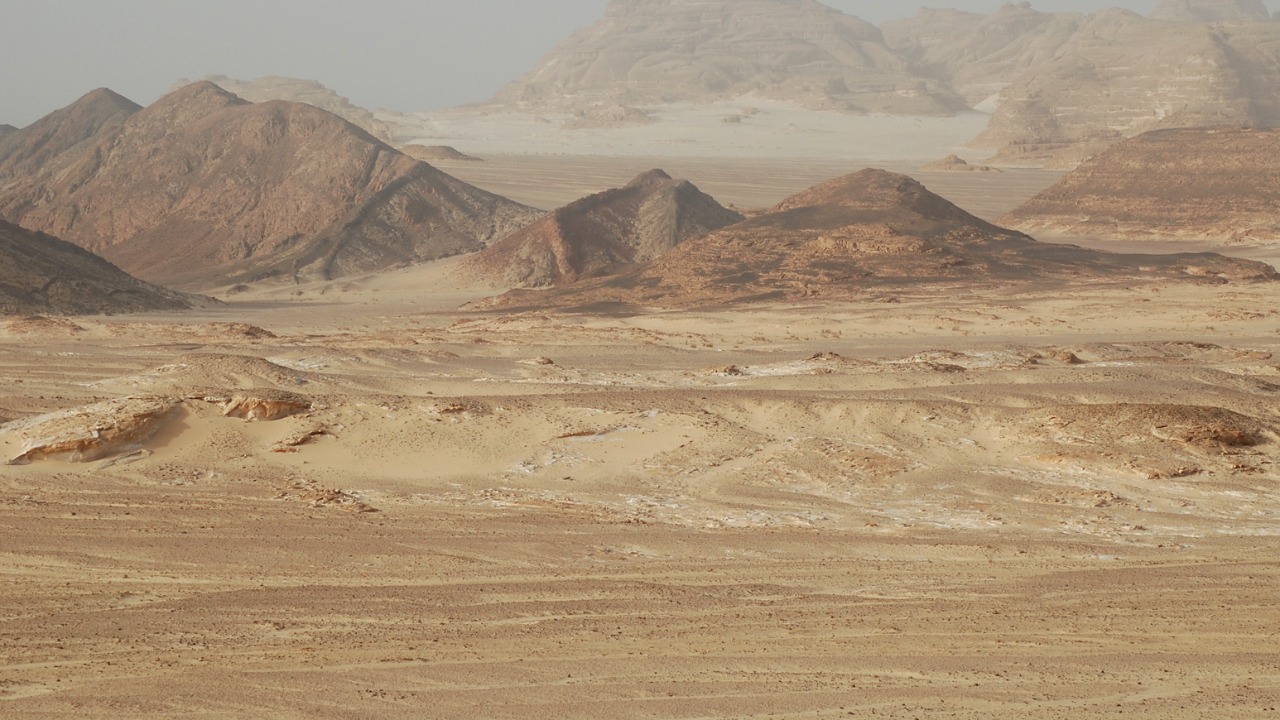
Archaeologists have uncovered the lost remains of a 3,500-year-old desert fortress in Egypt, a discovery that sheds light on ancient defense strategies in the region. This significant find, reported on October 15, 2025, aligns with other archaeological efforts in arid regions, such as the unearthing of a tree-lined walkway leading to an ancient Egyptian fortress in the Sinai Desert. These discoveries parallel the excavation of a 3,500-year-old trading city in Peru, highlighting the global reach of ancient civilizations.
The Egyptian Desert Fortress Unearthed
The discovery of the 3,500-year-old desert fortress in Egypt marks a pivotal moment in understanding ancient military architecture. Located in a strategic position, the fortress likely played a crucial role in defense strategies against potential invaders. The announcement of this find on October 15, 2025, underscores the ongoing efforts to explore ancient sites in Egypt’s arid landscapes. Archaeologists have identified architectural evidence suggesting that the fortress was equipped with defensive structures specifically adapted to withstand the harsh desert conditions. These adaptations highlight the ingenuity of ancient engineers in utilizing available resources to fortify their settlements (Popular Mechanics).
The Sinai Walkway Leading to the Fortress
In a related excavation, archaeologists have unearthed a tree-lined walkway that led to an ancient Egyptian fortress in the Sinai Desert. This discovery, reported on May 6, 2025, reveals the sophisticated construction techniques employed by ancient Egyptians to adapt to their environment. The walkway, lined with trees, provided shade and possibly held symbolic significance, demonstrating the advanced engineering skills of the time. This find is part of a broader network of fortresses, indicating a well-organized defense system across the region (Live Science).
A Parallel 3,500-Year-Old Site in Peru
Across the globe, excavations in Peru have revealed a 3,500-year-old trading city named Penico, offering insights into ancient commerce in South America. Reported on July 8, 2025, this discovery provides a fascinating comparison to the Egyptian fortress, both in terms of age and the isolation of these ancient sites. The city of Penico was a hub of trade, as evidenced by the artifacts and urban layout uncovered during the excavations. These findings draw intriguing parallels with desert-based fortifications, suggesting that ancient civilizations, despite geographical distances, shared similar strategies for economic and defensive purposes (Ancient Origins).
The 4,500-Year-Old Palace Discovery in Iraq
In Iraq, the discovery of a 4,500-year-old palace offers key insights into the structure and governance of ancient civilizations. Reported on February 17, 2023, this find predates the Egyptian fortress and provides a broader context for understanding the development of early societies in the region. The palace’s foundations and artifacts suggest a complex societal structure, which could inform comparative studies with younger desert fortresses. This discovery highlights the interconnectedness of ancient civilizations and their shared architectural and governance innovations (The Guardian).
A Long-Lost Statue Piece Finally Found
After 96 years, archaeologists have finally found the missing part of a legendary statue, marking a significant breakthrough in artifact restoration. Reported on September 19, 2025, this discovery fills a historical gap since the initial finding of the statue. The completion of the statue not only enhances its cultural significance but also aids in reconstructing ancient narratives tied to fortress-era societies. This achievement underscores the importance of perseverance in archaeological endeavors and the potential for new insights into ancient civilizations (AOL).